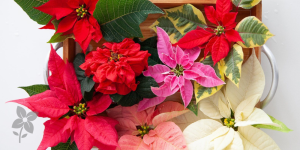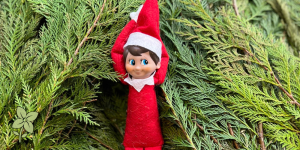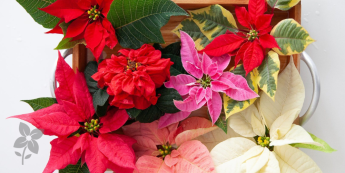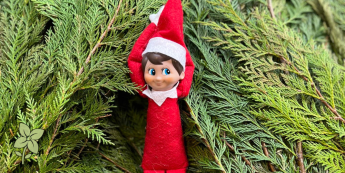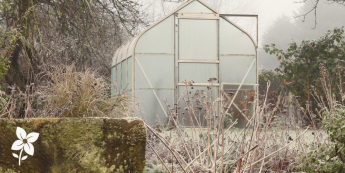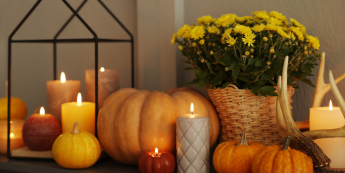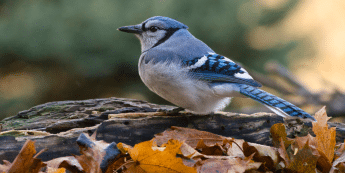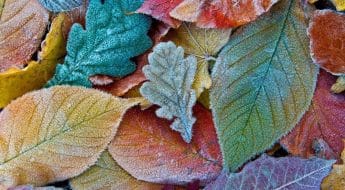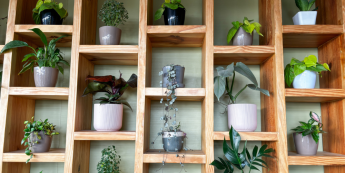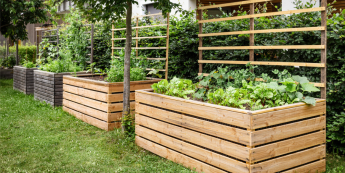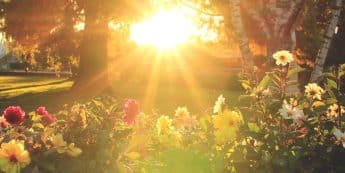Fall isn’t an ending—it’s an invitation to protect and preserve the web of life that will reawaken come springtime.
As leaves turn gold and a crisp breeze whispers through fading blooms, your backyard can transform into a sanctuary for winged visitors and tiny garden guardians alike. These wildlife gardening tips are more than a checklist—they’re an invitation to turn your autumn garden into a living, breathing ecosystem.
Autumn in Alberta marks a season of change, not just for gardeners, but for the wildlife that depend on us. Birds prepare for migration or brace for the cold ahead, pollinators search for the last sips of nectar, and countless beneficial insects seek refuge under fallen leaves. This is the pivotal moment when your garden can make a difference—a haven of food, shelter, and life amid the fading warmth.
At Salisbury Greenhouse, we believe every gardener has the power to nurture nature. Let’s explore how your fall garden can become a golden refuge for Alberta’s wild residents.
Why Autumn Matters for Wildlife
When summer’s banquet fades, your garden can become a lifeline. Autumn is the season of scarcity in the natural world—a time when nectar runs low, insects dwindle, and seeds become precious currency for survival.
Birds rely on your gardens as crucial fuelling stations, feasting on berries, seeds, and insects to build the energy reserves they need for migration or overwintering. Pollinators like bumblebees and solitary bees seek nesting spots or food sources to sustain their colonies. Beneficial insects—ladybugs, lacewings, and ground beetles—hunt for overwintering shelters, often beneath the very leaves gardeners are tempted to rake away!
Imagine your garden as a layered landscape of opportunity: berry-laden shrubs glowing like lanterns, seed heads nodding gently in the wind, and smaller piles of leaves providing warm blankets for unseen life. Fall isn’t an ending—it’s an invitation to protect and preserve the web of life that will reawaken come spring.
Plant for Purpose – Native Fall Blooms & Fruit
Native plants are the heartbeat of a thriving ecosystem. In the fall, they become autumn lighthouses, guiding weary pollinators and hungry birds through shortening days. By choosing plants that bloom or bear fruit late in the season, you create a buffet that sustains wildlife long after summer’s flowers have faded.
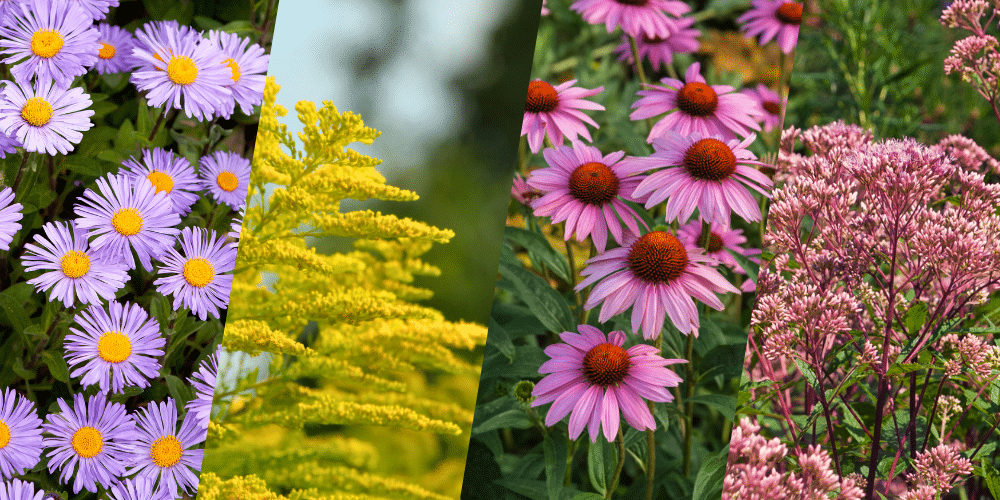 Autumn-blooming perennials and natives to plant:
Autumn-blooming perennials and natives to plant:
- Asters: A magnet for bees and butterflies, asters light up the fall garden with starry purple or pink blooms.
- Goldenrod: A vital nectar source, unfairly blamed for allergies, goldenrod feeds countless pollinators in late fall.
- Coneflowers (Echinacea): Their seed heads become natural bird feeders, while their blooms support bees well into autumn.
- Joe Pye Weed: Towering and nectar-rich, it draws migrating monarchs and native bees.
Shrubs and trees that bear fruit or berries:
- Viburnum and Serviceberry (Amelanchier): These shrubs provide plump berries beloved by thrushes and waxwings.
- Mountain Ash (Sorbus americana): A native treasure offering clusters of bright red berries that persist into winter.
- Dogwood (Cornus sericea): With both visual appeal and wildlife value, it provides berries and brilliant red stems for seasonal interest.
In the Edmonton region, choosing the best plants for pollinators ensures both resilience and ecological benefit. Native species are adapted to our climate and provide food that local wildlife recognize instinctively. Visit us at Salisbury Greenhouse for guidance on regionally hardy, late-season bloomers, and berrying shrubs that keep your garden lively through the first frosts.
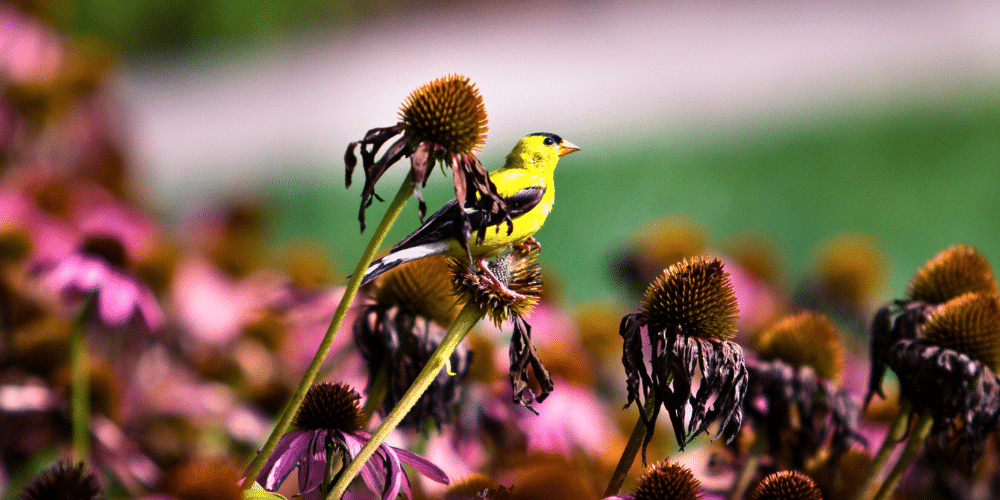 Leave Seed Heads & Natural Debris
Leave Seed Heads & Natural Debris
It can be tempting to tidy every corner of the garden as frost approaches, but restraint is a gardener’s greatest gift to wildlife. Seed heads, fallen leaves, and stems are nature’s pantry—stocked with morsels for every feathered and fluttering visitor.
When you leave the seed heads of coneflowers, rudbeckias, and sunflowers standing, finches and chickadees will reward you with cheerful visits through fall and winter. The hollow stems of perennials like bee balm and milkweed become safe nesting chambers for overwintering insects, while leaf litter insulates soil and shelters ground beetles, spiders, and moth pupae.
Instead of bagging leaves, rake them into garden beds or under shrubs to create natural mulch. You’ll retain moisture, suppress weeds, and offer a haven for countless organisms—an invisible network of life sustaining the visible beauty above ground. This is where the unseen magic of a beneficial insect garden truly begins.
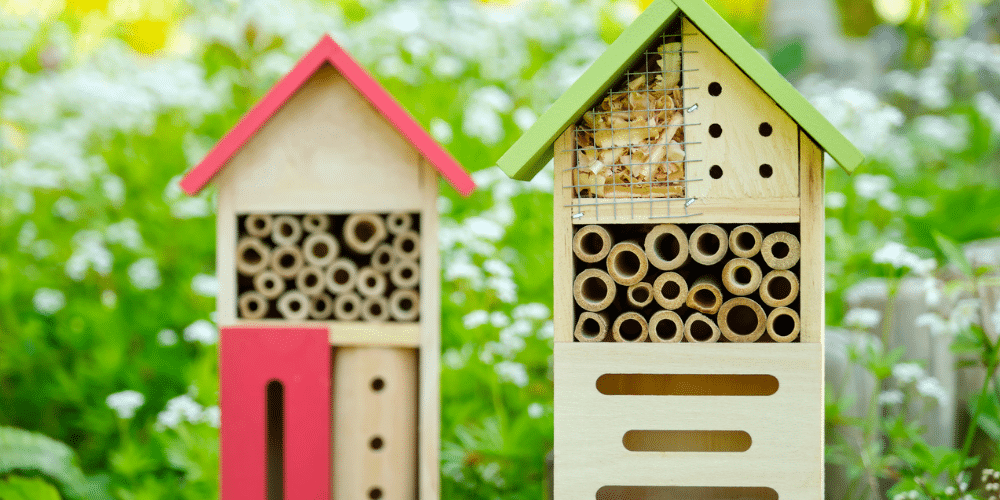 Shelter & Water – The Unsung Heroes
Shelter & Water – The Unsung Heroes
Food alone isn’t enough; wildlife needs places to rest, hide, and hydrate. Tiny twig hotels and bubbling bird baths beckon creatures both great and small, offering warmth, refuge, and refreshment in the cooling days of autumn.
Simple ways to create shelter and water sources:
- Brush piles: Stack pruned branches or twigs in a corner to form a cozy shelter for small mammals, birds, and insects.
- Birdhouses: Clean and repair nesting boxes to provide winter roosts for chickadees, wrens, and nuthatches.
- Insect hotels: Fill wooden boxes with hollow stems, pinecones, and bark to attract overwintering solitary bees and ladybugs.
- Water dishes: A shallow dish or bird bath with stones for perching offers essential hydration—refresh it daily before it freezes.
As temperatures drop, a pollinator-friendly garden becomes not just a display of beauty, but an act of stewardship. Even a small patch filled with sheltering debris, native blooms, and clean water can host a surprising variety of guests—from goldfinches to ground beetles, from bees to butterflies pausing mid-migration.
Practical Garden Management Tips
Caring for your autumn garden means balancing order with empathy. Trim, yes, but with tenderness; clean, yes, but with care. The goal isn’t perfection—it’s preservation.
Responsible fall gardening practices:
- Delay pruning: Leave perennials and ornamental grasses standing until spring to protect overwintering insects.
- Avoid pesticides: Even “natural” products can harm beneficial species. Instead, rely on biodiversity—predatory insects will balance pests naturally.
- Create microhabitats: Group rocks, logs, and mossy patches to mimic natural shelters.
- Compost mindfully: Keep compost piles aerated and avoid turning them too often in late fall; they can be refuges for frogs, toads, and insects.
- Mulch selectively: Apply organic mulch to protect roots while leaving bare patches for ground-nesting bees.
By adjusting how we tidy and tend, we make space for the wild to thrive alongside us. A well-balanced fall garden is one where every task—whether trimming or tidying—is done with life in mind.
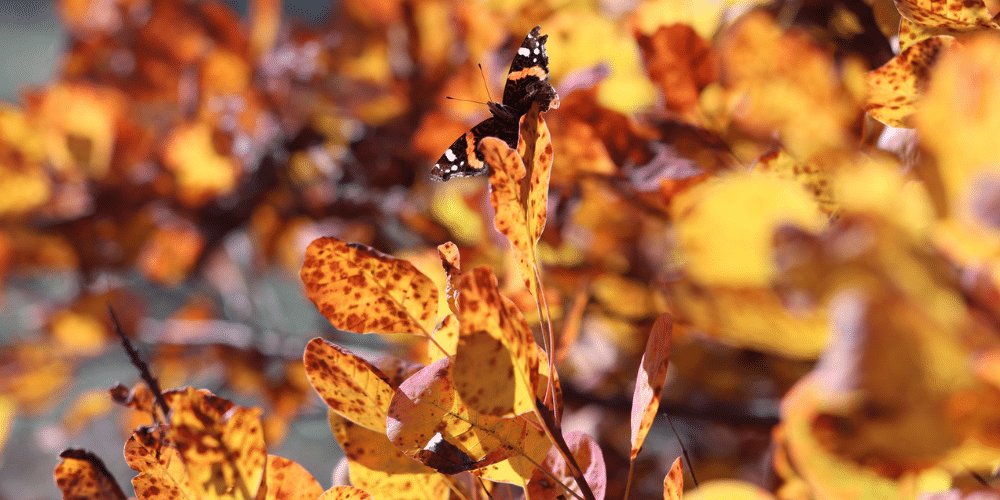 Inspire & Empower
Inspire & Empower
As autumn’s golden light filters through bare branches and frost glimmers on seed heads, your garden hums quietly with hidden life. Beneath the leaves, bees rest in hollow stems; above, sparrows flit through berry-laden shrubs. You’ve crafted not just a garden, but a refuge.
This autumn, transform your backyard into a golden sanctuary where wings, wingspans, and whispers of life flourish. With Salisbury Greenhouse’s guidance and these wildlife gardening tips, every gardener can take part in nurturing Alberta’s living landscape—ensuring that when spring returns, it finds your garden already alive with promise.


